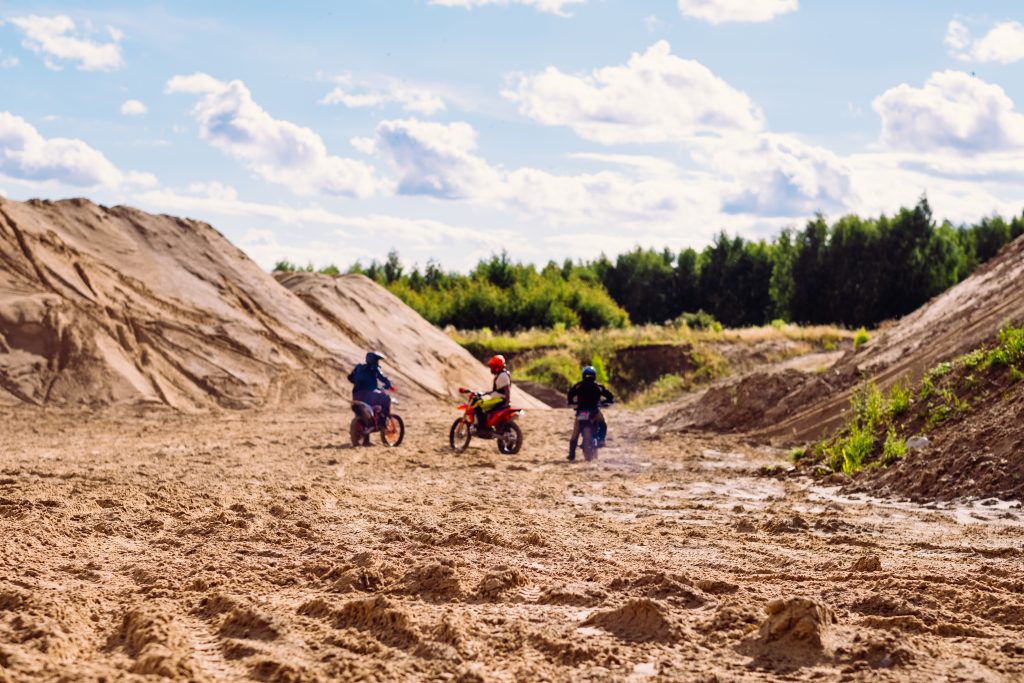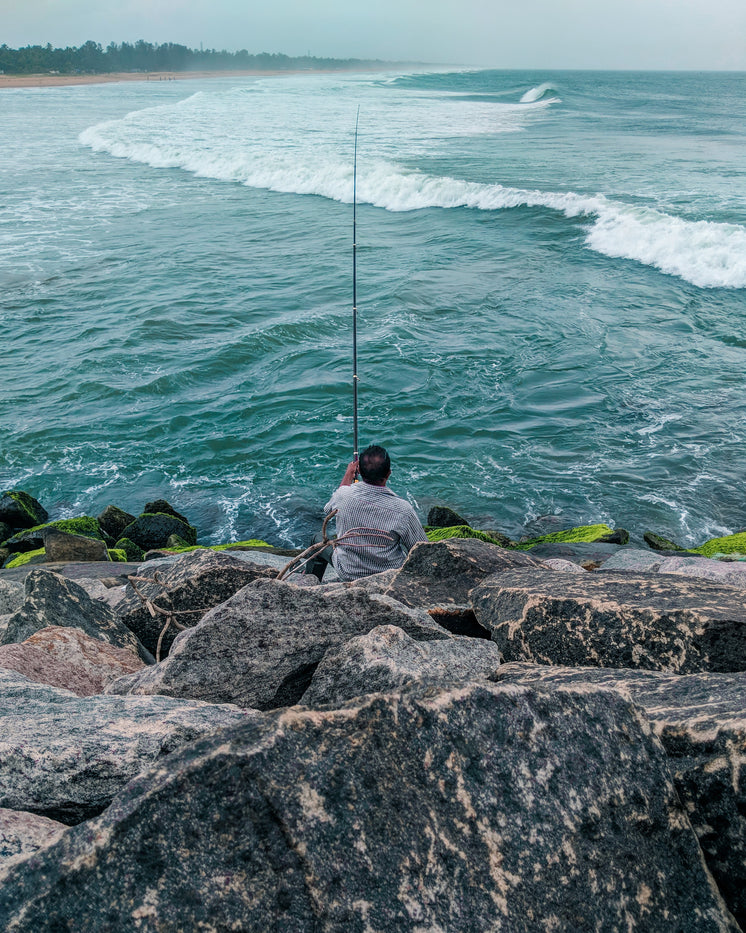Découvrez le Gran Casino Costa Brava : Votre Destination Incontournable pour le Jeu en Ligne en France
Si vous êtes un passionné de jeux d’argent, que vous soyez débutant ou joueur expérimenté, Gran Casino Costa Brava photos vous offrent une expérience de jeu immersive, riche en couleurs, en émotions et en récompenses. Ce véritable joyau du monde du jeu en ligne en France s’impose comme l’un des leaders du marché, alliant modernité, sécurité et authenticité. Grâce à une interface intuitive, des photos de qualité professionnelle qui captivent dès le premier clic, et une gamme de jeux soigneusement sélectionnée, Gran Casino Costa Brava devient bien plus qu’un simple site de casino : c’est un univers à part entière.
🔐 Une Sécurité de Confiance, Garantie par des Licences Reconnues
La confiance est la pierre angulaire du succès d’un casino en ligne. Chez Gran Casino Costa Brava, la sécurité est au cœur de chaque décision. Le site est licencié par l’Autorité des Jeux (ARJEL), l’organisme français de régulation des jeux, et bénéficie également de la licence MGA (Malta Gaming Authority), reconnue internationalement pour sa rigueur. Ces certifications garantissent une gestion transparente des fonds, des transactions sécurisées, et un contrôle strict des jeux.
Grâce à des protocoles de cryptage SSL 256 bits, vos données personnelles et financières sont protégées en temps réel. Que vous effectuiez un dépôt via carte bancaire, e-wallet ou virement, chaque transaction est traçable, rapide et fiable. Les photos du Gran Casino Costa Brava illustrent parfaitement cette attention au détail : des visuels soignés de chaque étape du processus, des boutons cliquables, des animations fluides, et un design visuel qui évoque la côte méditerranéenne, où le soleil, la mer et le jeu se fondent en une seule expérience.
🎁 Des Bonus Généreux pour Tous les Joueurs
Que vous soyez un nouveau venu ou un fidèle du Gran Casino Costa Brava photos, vous bénéficierez de bonus attractifs conçus pour maximiser votre plaisir et votre gain.
Bonus de bienvenue jusqu’à 100 % sur votre premier dépôt, avec des tours gratuits sur les machines à sous les plus populaires.
Bonus sans dépôt pour découvrir les jeux sans risque.
Programme de fidélité avec niveaux progressifs, offrant des avantages exclusifs : retraits accélérés, cadeaux personnalisés, et evenements VIP.
Bonus de recharge mensuels, des tournois hebdomadaires, et des offres spéciales liées aux saisons (ex : Noël, été à la Costa Brava).
Ces avantages sont mis en valeur dans les photos du Gran Casino Costa Brava, où chaque bonus est illustré par des scènes vivantes : des joueurs souriants devant des écrans lumineux, des croupiers en costume, des cocktails posés sur des tables de jeu, et des animations dynamiques qui mettent en valeur chaque récompense.
🎰 Les Meilleurs Jeux de Casino en Ligne, Choisis avec Soin
Le cœur du Gran Casino Costa Brava réside dans sa bibliothèque de jeux exceptionnelle. Vous y trouverez :
Des machines à sous en ligne (slot online) de grandes studios comme NetEnt, Pragmatic Play, Play’n GO, et Microgaming.
Des jeux de table classiques : roulette, blackjack, baccarat, craps.
Des jeux live avec croupiers en direct, diffusés depuis des studios luxueux, souvent inspirés des plages de la Costa Brava.
Des jeux de jackpot progressif avec des gains pouvant atteindre plusieurs millions d’euros.
🎰 Les Machines à Sous en Ligne : Un Monde à Part
Les machines à sous en ligne sont l’attraction phare du Gran Casino Costa Brava. Grâce à des photos de haute qualité, chaque jeu devient une aventure visuelle. Les thèmes sont variés et captivants :
Thèmes mythologiques (comme Book of Dead ou Gates of Olympus),
Univers de cinéma (Star Wars, Avengers),
Mondes fantastiques (elfes, dragons, fées),
Thèmes de voyage (exploration de l’Afrique, découverte de l’Asie).
Chaque machine propose des fonctionnalités avancées :
Free spins avec multiplicateurs,
Rondes bonus interactives,
Générateurs de symboles wilds et scatters,
Mode de jeu dynamique avec des mini-jeux intégrés.
La volatilité (ou variance) des slots est clairement expliquée dans les photos du Gran Casino Costa Brava, permettant aux joueurs de choisir selon leur style :
Slots à faible volatilité : gains fréquents, idéales pour les débutants.
Slots à haute volatilité : gains rares mais généreux, parfaites pour les joueurs expérimentés.
📱 Jeu sur Mobile : Jouez Partout, à Tout Moment
Avec la montée en puissance du jeu mobile en France, Gran Casino Costa Brava s’impose comme un leader incontournable. L’application mobile, disponible sur iOS et Android, offre une expérience fluide, optimisée pour les écrans tactiles. Grâce aux photos du Gran Casino Costa Brava, vous pouvez visualiser chaque fonctionnalité :
Navigation intuitive,
Accès rapide aux jeux favoris,
Notifications push pour les bonus, les tournois et les jackpots.
Le site est également responsive, ce qui signifie que vous pouvez jouer directement depuis votre navigateur, que vous soyez sur tablette, smartphone ou ordinateur. Que vous soyez sur une plage de la Costa Brava, dans le métro parisien, ou au coin du feu chez vous, Gran Casino Costa Brava photos vous accompagnent à chaque instant.
🎯 Jeu Responsable : Une Priorité pour le Bien-Être du Joueur
Le jeu responsable est une valeur fondamentale chez Gran Casino Costa Brava. Le site propose des outils accessibles et efficaces pour aider les joueurs à gérer leur temps et leur budget :
Paramètres de dépenses quotidiennes, hebdomadaires ou mensuelles,
Limites de temps de jeu,
Outils de self-assessment (auto-évaluation du comportement de jeu),
Accès à des ressources éducatives sur la prévention de la dépendance au jeu.
Les photos du Gran Casino Costa Brava mettent en scène des joueurs en pleine concentration, entourés de tasses de café, de lunettes, de carnets de suivi, et de notifications sur leurs téléphones. madnix casino avis retrait Ces visuels humanisent le concept de jeu responsable, renforçant la confiance du joueur.
💰 Taux de Redistribution (RTP) : Pour des Gains Plus Élevés
Un élément clé pour les joueurs avisés est le taux de redistribution (RTP). Chez Gran Casino Costa Brava, chaque jeu affiche son RTP en temps réel, permettant aux joueurs de choisir les machines à sous ou jeux de table les plus rentables.
RTP moyen des machines à sous : entre 95 % et 97 %,
RTP du blackjack : jusqu’à 99,5 % avec stratégie optimale,
RTP de la roulette européenne : 98,65 %.
Ces chiffres sont intégrés dans les photos du Gran Casino Costa Brava, où des graphiques animés illustrent les gains cumulés, madnix casino avis retrait des tableaux comparatifs, et des infographies expliquant comment le RTP influence les gains à long terme.
🌟 Pourquoi Choisir Gran Casino Costa Brava ?
✅ Design visuel exceptionnel, illustré par des photos de qualité qui racontent une histoire.
✅ Sécurité renforcée avec licences françaises et internationales.
✅ Bonus généreux et personnalisés pour tous les profils.
✅ Jeux variés et de haute qualité, avec une forte concentration sur les machines à sous.
✅ Expérience mobile optimisée, accessible partout.
✅ Engagement fort envers le jeu responsable.
✅ Taux de redistribution élevés pour maximiser les gains.
🏁 Conclusion : Une Expérience de Jeu Inoubliable
Que vous soyez un joueur de cœur, un amateur de machines à sous, ou un passionné de jeux live, Gran Casino Costa Brava photos vous offrent bien plus qu’un simple site de casino. C’est un véritable paradis du jeu en ligne, où chaque clic, chaque gain, chaque photo, raconte une histoire de plaisir, de confiance et de réussite.
Rejoignez dès aujourd’hui la communauté du Gran Casino Costa Brava et vivez l’essence même du jeu : lumière du soleil méditerranéen, sons des roulettes, éclats des jackpots, et la magie des photos du Gran Casino Costa Brava qui vous suivent partout.
👉 Cliquez, jouez, gagnez. Le Gran Casino Costa Brava vous attend.
Keywords SEO :
Gran Casino Costa Brava photos, casino en ligne France, machines à sous en ligne, bonus casino, jeu responsable, licences ARJEL, RTP jeux, jeu mobile casino, jeux live, volatilité slots, thèmes machines à sous, taux de redistribution, casino mobile, jeux de table, tournois casino, jackpot progressif, Gran Casino Costa Brava, jeux de casino populaires, expérience utilisateur casino.

